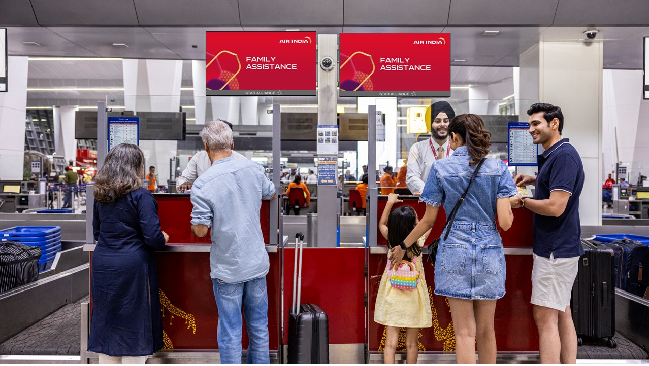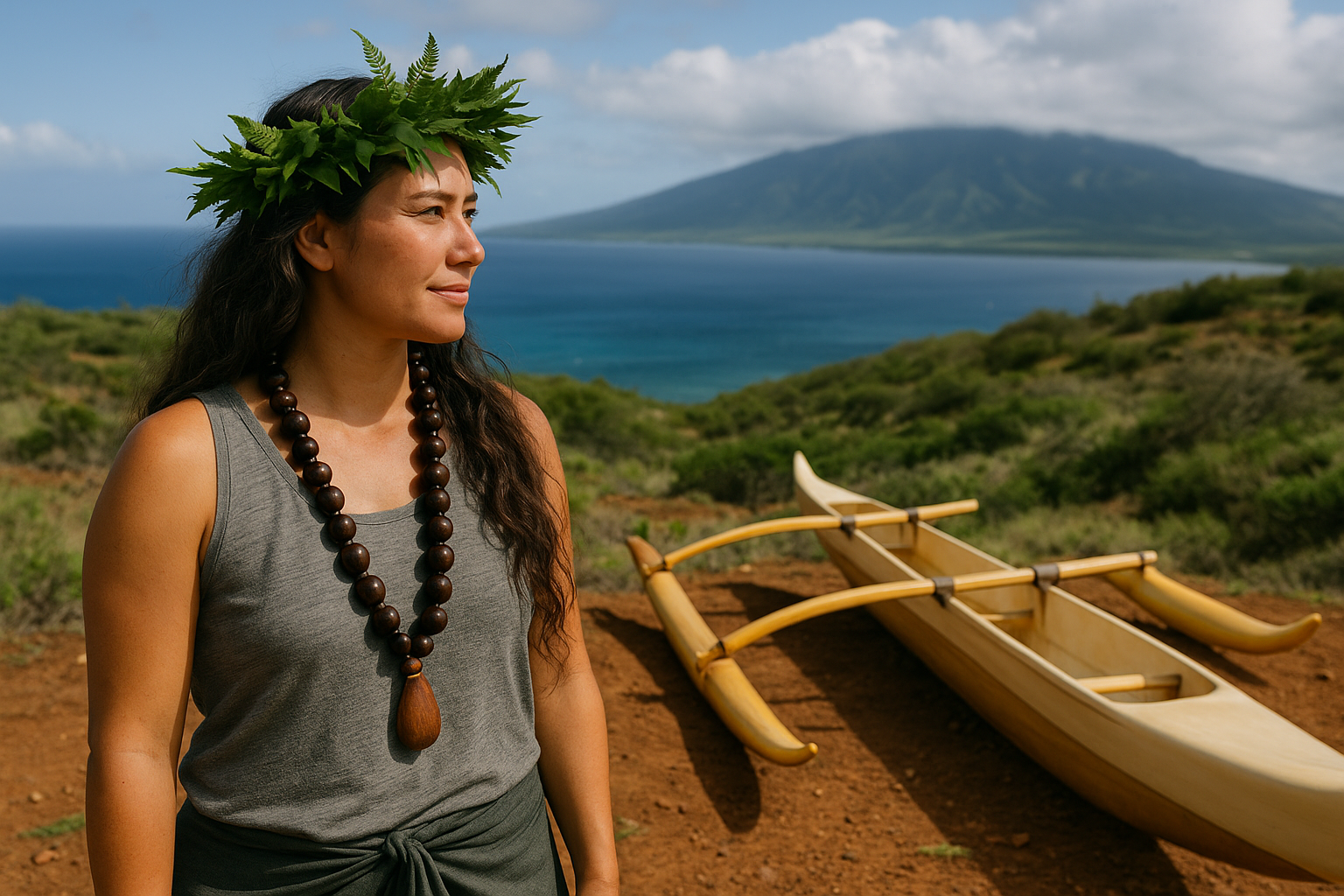A major shift is underway in Hawaiʻi’s tourism industry as the once-powerful Hawaiʻi Tourism Authority (HTA) grapples with leadership upheaval, internal investigations, and legislative restructuring. In contrast, the Council for Native Hawaiian Advancement (CNHA) has emerged as a stabilizing force, leading a new era of destination management grounded in sustainability, cultural respect, and regenerative tourism.
For years, HTA functioned as the state’s principal tourism agency, receiving over $60 million annually from hotel room taxes to market Hawaiʻi to the world. However, recent events have exposed deep fractures within the organization. HTA currently operates without a permanent chief executive, following the resignations of several top Native Hawaiian leaders, including its interim president Daniel Nāhoʻopiʻi and chief stewardship officer Kalana Ka‘anā‘anā. Compounding the situation, former board chair Mufi Hannemann stepped down in March after a scandal involving state resources, and the authority’s acting administrative officer, Isaac Choy, was placed on unpaid leave following workplace misconduct allegations. Choy has since filed a lawsuit, alleging retaliation for exposing procurement violations and financial waste.
CNHA Steps Into the Spotlight
Amid this turmoil, CNHA, founded 25 years ago to support Native Hawaiian communities, is stepping into a leadership role. The organization is now at the forefront of Hawaiʻi’s tourism management strategy, thanks to contracts awarded through HTA to implement destination stewardship programs. With nearly $19 million in funding over two years, CNHA is working with grassroots organizations and local businesses to shift the focus from traditional tourism marketing to culturally sensitive and environmentally sustainable practices.
One such success story is the Haleakalā Conservancy on Maui. Managed by ʻOlena Alec, the conservancy supports the 30,000-acre Haleakalā National Park, one of Hawaiʻi’s most ecologically and culturally significant destinations. Previously operating as a one-person team, Alec recently hired an intern and secured $50,000 through CNHA’s destination management funding to develop educational content and social media geofencing initiatives aimed at better engaging park visitors.
“This additional support allows us to better serve the park, share its cultural significance, and promote responsible visitor behavior,” Alec said.
Tourism with a Cultural Conscience
CNHA’s influence also extends to small, locally owned tourism businesses like Anelakai Adventures on the Big Island. Owned by Iko Balanga and Holly Crane, the eco-conscious company conducts ocean tours using traditional Hawaiian double-hulled canoes. Through CNHA’s guidance and funding, the couple received training in marketing and purchased authentic Hawaiian fishing tools to enhance cultural storytelling during their tours.
“We’ve always focused on being sustainable and respectful,” Crane noted. “But this program gave us the confidence and resources to deepen that approach.”
The shift reflects a broader trend in Hawaiʻi: a move from overtourism and mass marketing toward regenerative tourism, which seeks to restore and sustain local communities, environments, and cultures.
From Independence to State Control: The Fall of HTA
HTA’s troubles didn’t begin with recent scandals. The agency has seen its independence erode since 2021 when lawmakers began stripping away its authority and autonomy. Once funded through a dedicated hotel room tax pipeline and operating independently of the state budget process, HTA now must seek annual legislative approval for its funding like any other agency. In May 2025, Governor Josh Green signed a bill that eliminated the HTA board’s decision-making authority and placed the agency firmly under the Department of Business, Economic Development and Tourism (DBEDT). The HTA’s chief executive will now report directly to the governor.
The legislation has created confusion within HTA about how to implement its new structure. HTA Board Chair Todd Apo said the authority will begin recruiting a new chief executive soon but acknowledged the process remains uncertain.
A Divided Strategy for Tourism
Under the current two-year contract, the Hawaiʻi Visitors and Convention Bureau (HVCB) continues to manage international marketing efforts with $38.6 million in funding, while CNHA focuses on destination management. Industry leaders, however, are calling for a realignment of resources.
Jerry Gibson, president of the Hawaiʻi Hotel Alliance, warned that Hawaiʻi is falling behind competitors like Florida and the Caribbean. He emphasized that marketing remains essential to keeping hotel rooms filled and sustaining the economy, which relies on tourism for about 20% of private-sector jobs.
“We’re at risk of losing our position in the global tourism market,” said Gibson. “We need to balance marketing with regulation and community support.”
Gibson also advocated for stronger enforcement of rules on short-term rentals, particularly in residential neighborhoods outside resort zones—a sentiment shared by many community leaders who feel overrun by unregulated visitor accommodations.
The Path Forward
Despite internal strife, HTA still houses experienced staff who can maintain day-to-day operations. However, the agency’s long-term direction remains unclear. The tourism industry, Native Hawaiian leaders, and government officials now face a critical decision point: embrace CNHA’s regenerative tourism model or revert to traditional promotional tactics.
HVCB President Aaron Salā said his organization’s new strategic plan, expected in July, will integrate stewardship, culture, and branding. “This is about balancing visitor experience with community well-being and environmental protection,” Salā explained.
As the state redefines how tourism should serve both its residents and visitors, a hybrid approach that includes marketing, regulation, and cultural preservation may offer the most resilient path forward.
For more travel news like this, keep reading Global Travel Wire















